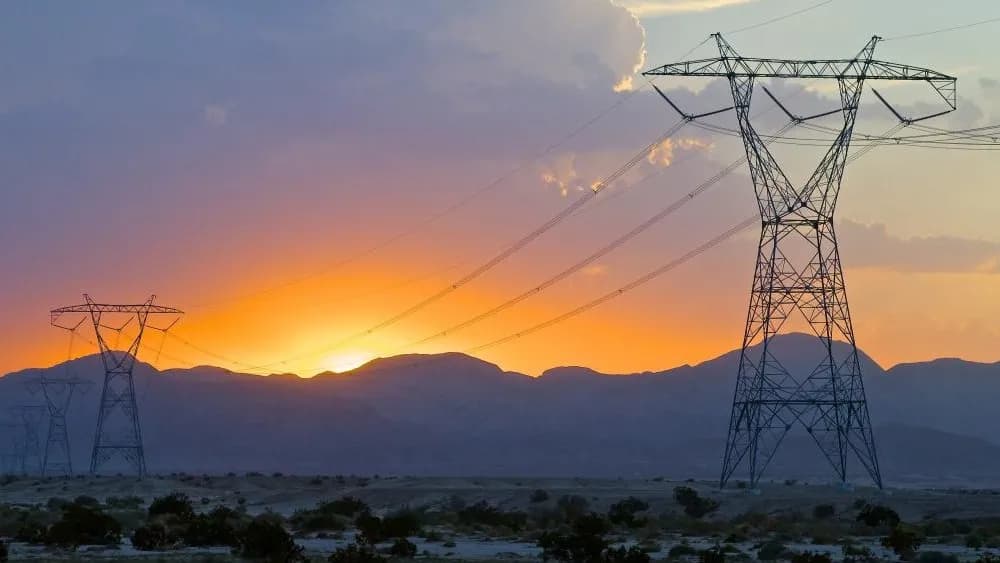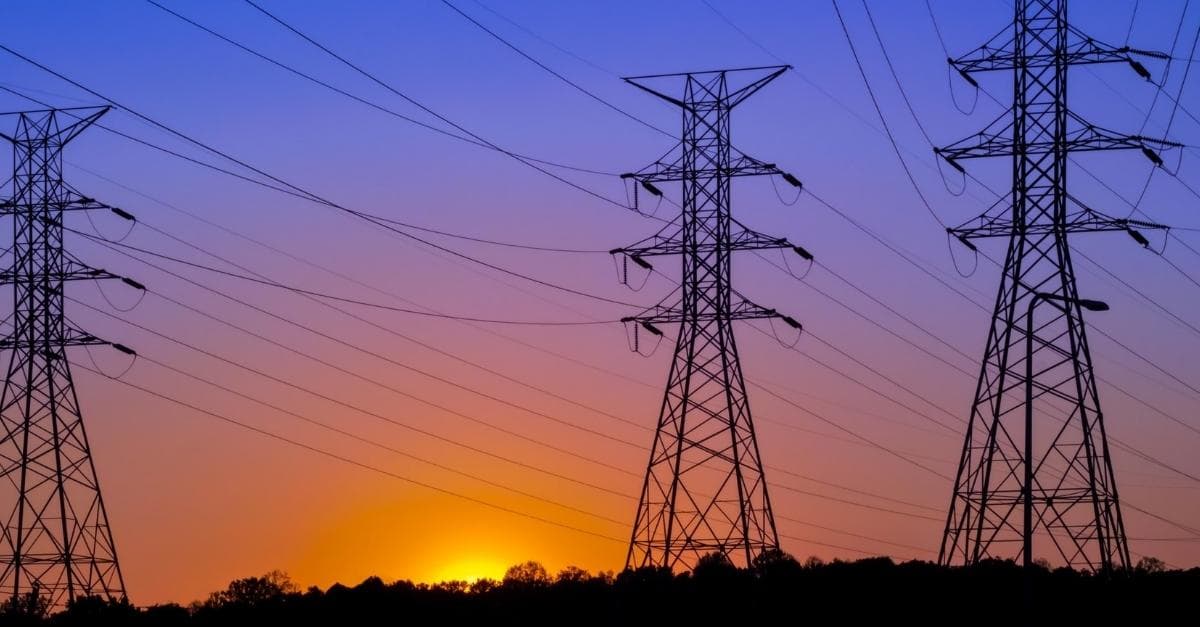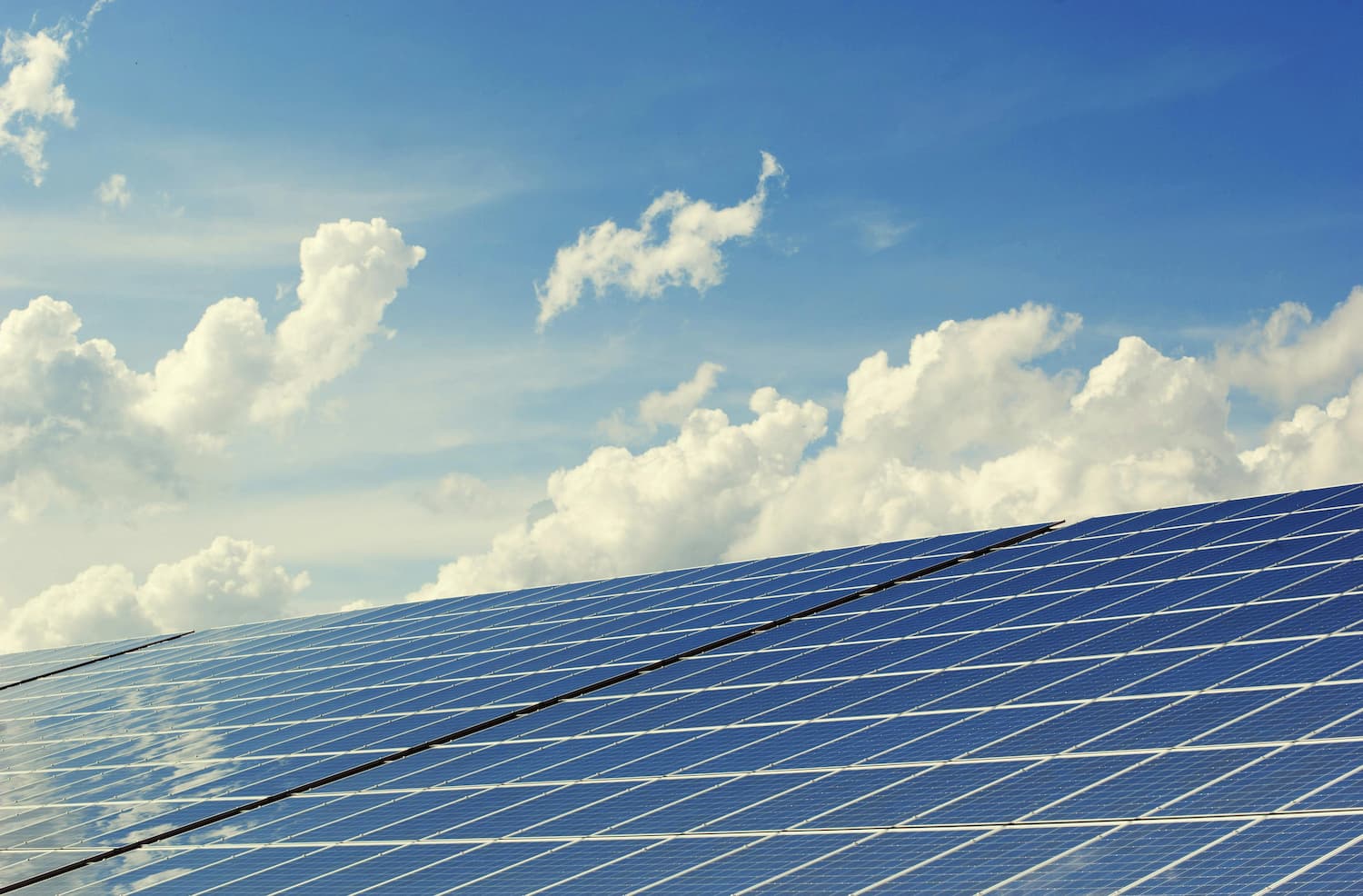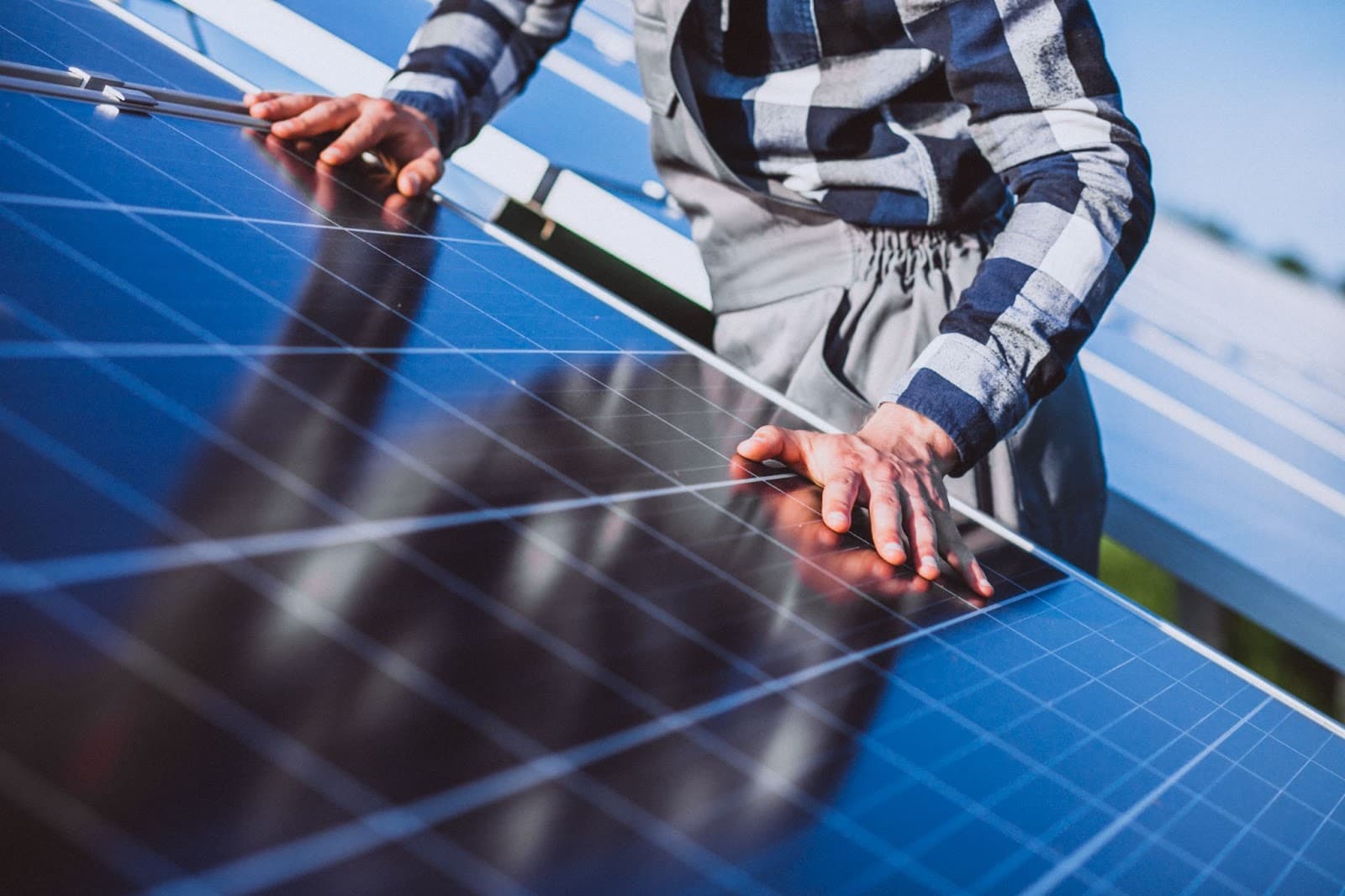Selling Electricity Back to the Grid: Guide For You
In recent years, as renewable energy sources like solar panels have become more accessible, homeowners and businesses have begun to explore the idea of selling excess electricity back to the grid. This practice, often referred to as “net metering” or “grid-tied systems,” allows individuals and entities to not only reduce their electricity bills but also potentially earn money by contributing surplus power to the grid.
This article aims to provide a comprehensive overview of how selling electricity back to the grid works, how much you can earn, the benefits of doing so, and important considerations to keep in mind.
Selling Electricity Back to the Grid
Understanding Grid-Tied Solar Systems
Selling electricity back to the grid primarily involves the use of grid-tied solar power systems. Here’s how it works:
- Solar Panels: A solar power system is installed on your property, typically on the roof, to harness sunlight and convert it into electricity.
- Inverter: The system includes an inverter, which converts the direct current (DC) electricity generated by the solar panels into alternating current (AC) electricity that can be used in your home or business.
- Excess Electricity: When your solar panels produce more electricity than your property consumes, the surplus energy is fed back into the grid through a bi-directional electricity meter.
- Net Metering: This bi-directional meter tracks both the electricity you consume from the grid and the excess electricity you contribute. The term “net metering” refers to the process of measuring the net difference between these two values.
How Much Money Can You Earn?
The amount of money you can earn by selling electricity back to the grid depends on several factors:
- Solar System Size:
The size of your solar power system significantly affects your earnings. Larger systems produce more surplus electricity, resulting in higher potential earnings.
- Electricity Rates:
Electricity rates vary by location and utility provider. Higher rates typically translate to more significant earnings when you sell electricity back to the grid.
- Local Regulations:
Local regulations and state policies can impact your earnings. Some regions offer favorable incentives, rebates, or higher feed-in tariffs for surplus electricity.
- Consumption Patterns:
Your electricity consumption patterns also play a role. Homes or businesses that use electricity during peak sunlight hours can maximize their earnings.
- Grid Reliability:
Grid reliability and the presence of blackout protection systems can influence your potential earnings. In some cases, you may earn more for contributing to grid stability.

The Benefits of Selling Electricity Back to the Grid
- Financial Incentives
One of the primary benefits of selling electricity back to the grid is the potential for financial incentives. Depending on your location, you may earn credits or receive payments for the surplus electricity you contribute. These earnings can offset your electricity bills or provide an additional source of income.
- Environmental Impact
Beyond financial gains, selling excess electricity to the grid has a positive environmental impact. By using clean, renewable energy sources like solar power, you reduce your carbon footprint and contribute to a more sustainable future.
Considerations Before Selling Electricity Back to the Grid
Before you decide to sell electricity back to the grid, consider the following factors:
- Installation Costs
Investing in a solar power system can be costly. You’ll need to factor in the initial installation expenses, including the cost of solar panels, inverters, and professional installation services.
- Grid Connection and Regulations
Ensure that your property is suitable for grid-tied solar systems, and complies with local regulations and utility requirements for grid connection. Some areas may have specific standards and safety measures.
- Maintenance
Regular maintenance is essential to keep your solar power system operating efficiently. Plan for occasional inspections and potential repairs to maximize your earnings.
Comparison Table
| Pros (Advantages) | Cons (Disadvantages) |
|---|---|
| 1. Potential Earnings: Earning money by selling excess electricity can significantly offset energy costs. | 1. Initial Investment: Installing a solar power system can be expensive, requiring a substantial upfront investment. |
| 2. Environmental Benefits: Contributing clean, renewable energy to the grid reduces carbon footprint and supports sustainability. | 2. Grid Dependence: You rely on the grid’s stability and availability, which may not always align with your needs. |
| 3. Financial Incentives: Some regions offer incentives, tax credits, or feed-in tariffs, increasing your earnings. | 3. Variable Earnings: Earnings can fluctuate based on electricity rates, consumption, and local policies. |
| 4. Grid Stability: Solar systems can enhance grid reliability by contributing surplus power, especially during peak hours. | 4. Maintenance Costs: Regular maintenance is necessary to ensure the system’s efficiency, incurring additional costs. |
| 5. Energy Independence: Generating your electricity reduces dependence on traditional energy sources. | 5. Grid Connection: Meeting grid connection requirements and regulations can be complex and time-consuming. |
Video Guide
To finally answer all your questions, we have prepared a special video for you. Enjoy watching it!
Conclusion
Selling electricity back to the grid is a sustainable and financially rewarding endeavor for homeowners and businesses alike. By generating clean energy and contributing to grid stability, you not only reduce your electricity bills but also play a vital role in the transition to a greener, more sustainable energy future. Before embarking on this journey, carefully assess the costs, regulations, and potential earnings to make an informed decision that benefits both your wallet and the environment.









